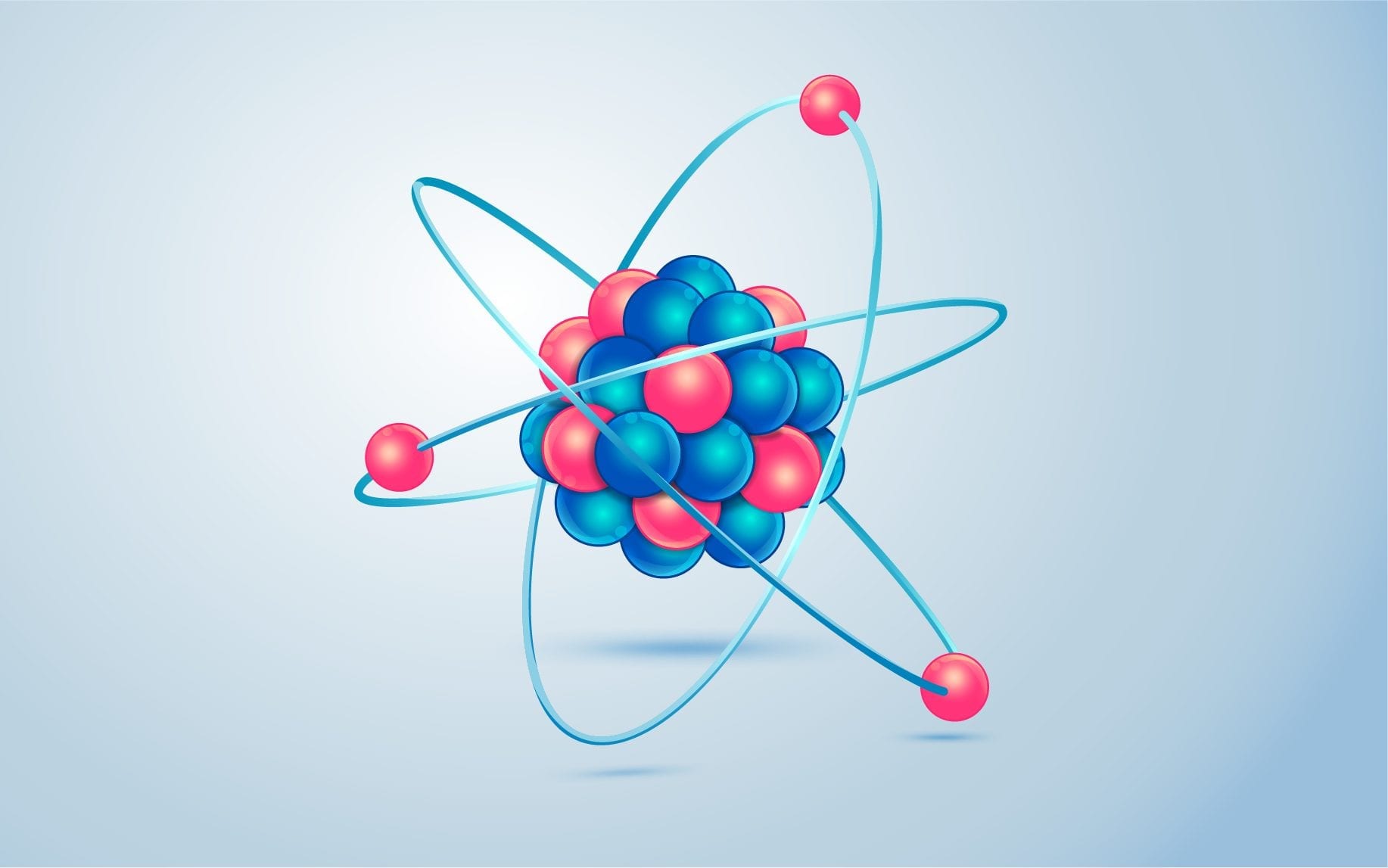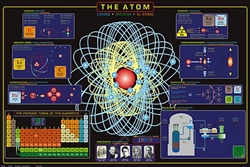

In our setup, we decided to spread the cooling steps not over time, but in space: we make the atoms move while they progress through consecutive cooling steps. "In previous experiments, the gradual cooling of atoms was all done in one place. Florian Schreck, the team leader, explains what the trick was. As a result, BECs were restricted to fleeting bursts, with no way to coherently sustain them.Ī team of physicists from the University of Amsterdam has now managed to solve the difficult problem of creating a continuous Bose-Einstein Condensate. Yet the presence of light is crucial in forming the condensate: to cool a substance down to a millionth of a degree, one needs to cool down its atoms using laser light. It was clear what the problem was: BECs are very fragile, and are rapidly destroyed when light falls on them. But while the developments for optical lasers had gone very fast, the first continuous laser being produced within six months after its pulsed counterpart, for atom lasers the continuous version remained elusive for more than 25 years. In fact, ordinary, optical lasers were also made in a pulsed variant before physicists were able to create continuous lasers. For a first step towards an atom laser, this was still not bad. The lasers could produce pulses of matter waves, but after sending out such a pulse, a new BEC had to be created before the next pulse could be sent out. This opened up the possibility to build atom lasers-devices that literally output beams of matter-but these devices were only able to function for a very short time. Only at extremely low temperatures, about a millionth of a degree above absolute zero (about 273 degrees below zero on the Celsius scale), is there a chance of forming the coherent matter waves of a BEC.Ī quarter of a century ago, the first Bose-Einstein Condensates were created in physics labs. The culprit destroying the synchronicity is temperature-when a substance heats up, the constituent particles start to jiggle around, and it becomes virtually impossible to get them to behave as one.

The reason: it is very difficult to get atoms to all behave as one. In everyday life, we are not at all familiar with these condensates. When this type of condensation happens for matter particles, physicists call the resulting substance a Bose-Einstein Condensate. What makes bosons so special is that they can all be in the exact same state at the exact same time, or phrased in more technical terms, they can "condense" into a coherent wave. But matter particles can also combine to form bosons-in fact, entire atoms can behave just like particles of light.

The best-known example of a boson is the photon, the smallest possible quantity of light. Bosons are very different in nature: they are not hard like fermions, but soft: for example, they can move through one another without a problem. Fermions are particles like electrons and quarks-the building blocks of the matter that we are made of. Elementary particles in nature occur in two types: fermions and bosons. Practice applying your understanding by playing 1 and 2 levels on the game screen.The concept that underlies the atom laser is the so-called Bose-Einstein Condensate, or BEC for short. Play with the simulation to discover what affects the mass number of your atom or ion a) What is a rule for determining the mass number of an atom or ion? 7. Negative ions have protons than electrons b) Develop a relationship (in the form of a single sentence or equation) that can predict the charge based on the number and types of partide. Positive tons have protons than electrons. a) Fill in the blanks below to show your results: Neutral atoms have the same number of protons and electrons.

Play with the simulation to discover which particles affect the charge of an atom or ion. What is the name of the following atoms? a) An atom with 3 protons and 4 neutrons: b) An atom with 2 protons and 4 neutrons: c) An atom with 4 protons and 4 neutrons. Play until you discover which particle(s) determine(s) the name of the element you build. b) What particle(s) are found in the center of the atom? 3. 2 a) List two things your group observed in the simulation. As you explore, talk about what you find. Explore the Build an Atom simulation with your group.


 0 kommentar(er)
0 kommentar(er)
